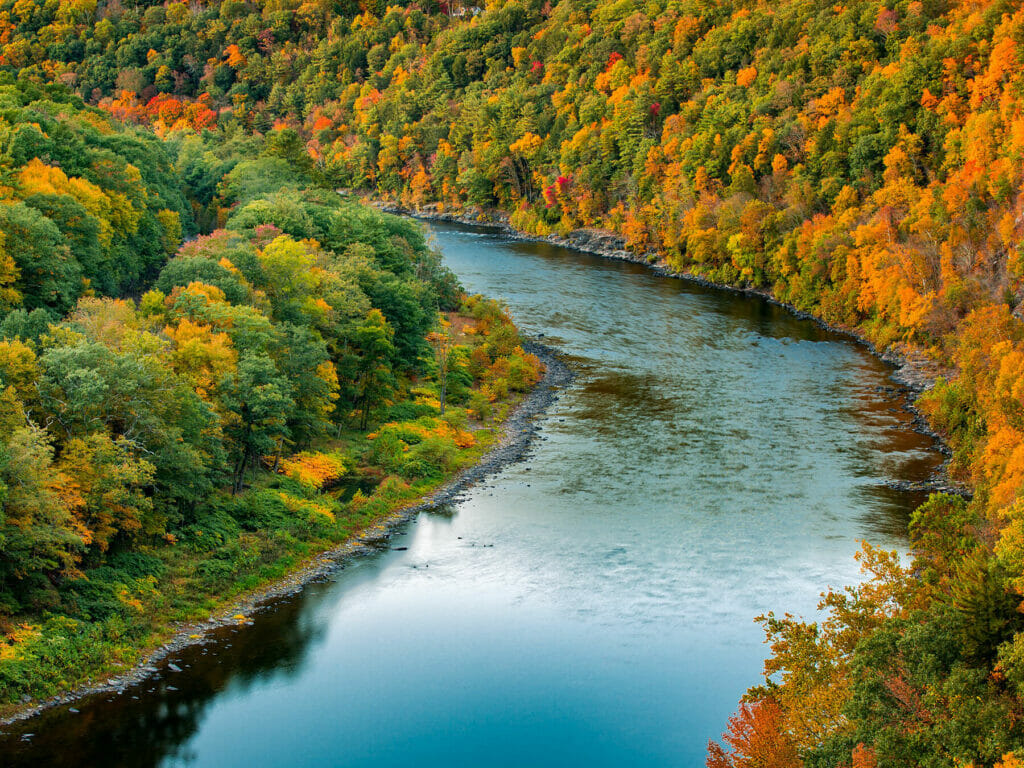We recently caught up with Rich Thomas and Sharon Sweeney Fee, who just took over two important leadership positions on Trout Unlimited’s National Leadership Council (NLC).
Consisting of one elected representative from each of TU’s 36 state councils, the NLC is the volunteer body that serves as the liaison between volunteers and staff.
Thomas moves into NLC chairmanship, following Jim Walker. Sweeney Fee fills the secretary position, which Thomas most recently held.
Thomas lives on the banks of the upper Delaware River with his wife, Sherry. Sweeney Fee lives in Montana with her husband, Kerry. Volunteer leaders like them help make Trout Unlimited strong and effective in its mission to bring together diverse interests to care for and recover rivers and streams so our children can experience the joy of wild and native trout and salmon.
Rich Thomas
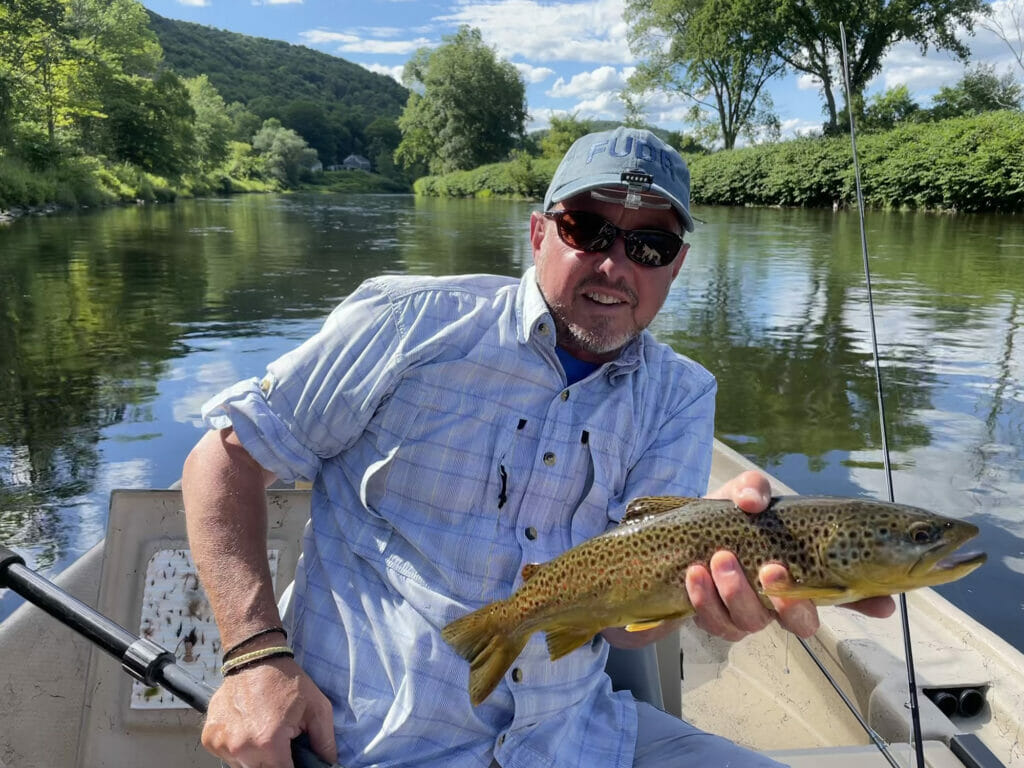
Q: When you first got involved with TU, did you have any idea that you’d come to rise through the ranks of volunteer leadership?
I first came to Trout Unlimited in 1995. Like many who have both proceeded and succeeded me, I came to learn to fly fish and then was quickly consumed with conservation and protecting this sacred resource we share.
As for my progression through TU, I never had long term aspirations, only short term and where I would take advantage as new leadership positions became available. This is what led me from my local Chapter in New Jersey (Central Jersey) to the National Leadership Council (NLC) position and now Council Chair.
As I tell many, I was quite fortunate to serve as New Jersey’s NLC Representative first, which brought a much broader perspective of the organization. I then took these learnings to help me better serve as the Council Chair and further advance the “one TU” message.
In 2018, I was in the process of slowly starting my move from New Jersey to Northeast Pennsylvania. It was around that time that several friends of mine in the Upper Delaware Region were having a conversation regarding the need for a TU Chapter at the junction of the East & West branches of the Delaware, where they form the Main Stem. We discussed how we could align TU with other organizations in order to create a stronger voice in this region.
Hence, the Shehawken Chapter was born, which is what our native Lenape Nation called the “marriage of the waters.”
Then in 2019, I saw an opportunity where the NLC was looking for their next selection of leadership candidates. I applied and was accepted to the NLC secretary role. In March of this year, I was elected to the NLC chair, where I am now starting my next journey. I’m finding it very rewarding working with all levels of the TU family, including the Board of Trustees (BOT). For those unaware, the BOT is made up of 32 trustees, 10 of which are selected from grassroots chapters.
Q: What have been some of the bigger challenges the NLC has tackled during your tenure?
I like to think of challenges as opportunities, and the biggest one in my opinion is the continual advancement of the “engagement” philosophy. We are an organization that is aging and we must continue to look at new ways to get members and supporters involved.
My predecessor (and valued mentor) Jim Walker and I had many long conversations about the complex makeup of Trout Unlimited and continually brainstormed about new and innovative ways to support growth through engagement. The timing of my new position as NLC chair was fortunate because TU had just begun to roll out a new Strategic Plan and Member Engagement Model. These are defining components of TU’s direction and will help create new tools for overcoming some of our engagement challenges.
There are many other opportunities in my new position, and I like to approach all of them by first understanding the big picture in terms of how they include people, resources, funding, etc. I always look to set a path and then lay out a plan to get from point “A” to point “Z” in the most productive and efficient way possible. This comes from years of project management experience working for a major telecommunication company.
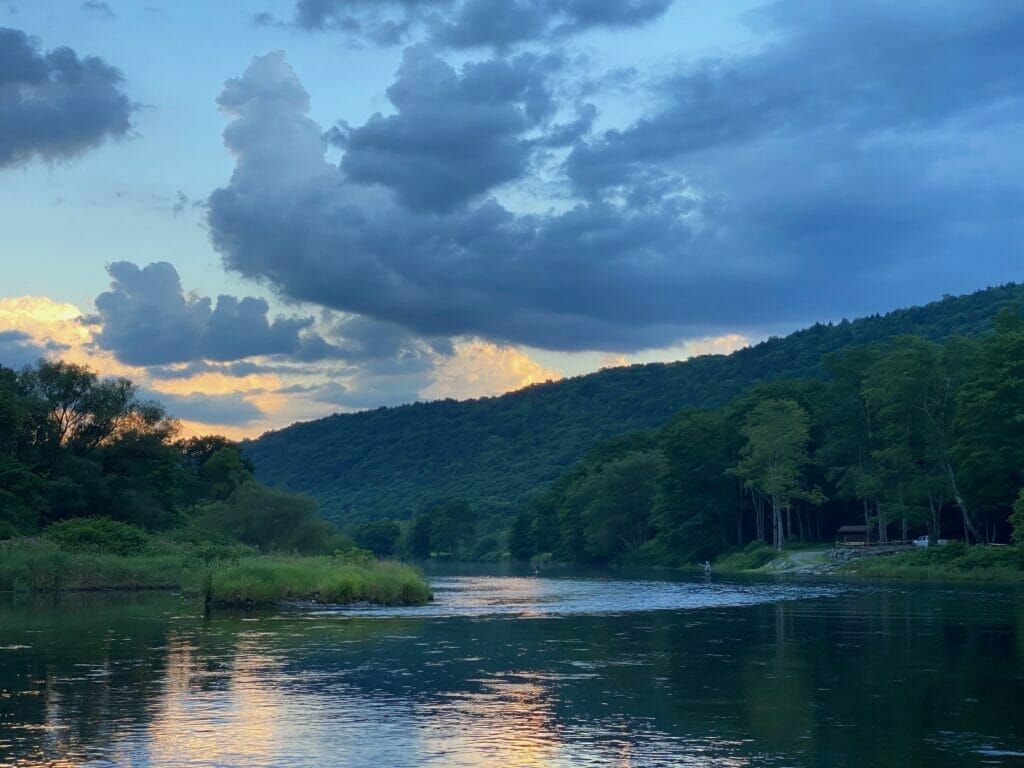
Q: How does your connection to the Delaware River – in a watershed that faces no shortage of risks – help shape your approach to conservation leadership?
One word: partnerships! I started my journey with the Upper Delaware River in 2007 as Chair of the NLC Delaware Conservation Workgroup. From the beginning I understood just how important partnerships are, not only with likeminded organizations, but also those with differing viewpoints and perspectives. In my experience, you may not always get your intended outcome when working with groups of opposing views, but you might find yourself achieving more than you originally expected if you approach things with an open mind and seek areas of common interests.
We build partnerships and join coalitions to increase our strength on causes that advance our mission. I cannot tell you how many times I’ve seen projects exceed beyond their original expectation because TU chapters have partnered with other chapters, government agencies, local townships, etc. As we grow, we must expand even further, creating relationships with organizations which may not fit neatly into our own agenda. I assure you that you will be amazed at what this type of collaboration can yield.
Q: What do you see as NLC priorities in the coming year and how do you see the NLC – and the TU community as a whole – approaching those priorities?
Trout Unlimited is now embarking on its next journey and in the second year of a new strategic plan undertaking.
We are focused on three fundamental goals:
- Identify a national network of shared priority waters for native and wild trout and salmon, and take strategic action to protect and restore their populations;
- Inspire a diverse corps of staff, volunteers, and partners to advocate for and participate in the care and recovery of our lands and waters and;
- Invest in systems and people—staff, volunteers, and partners—so we have the tools, technology, training, and resources necessary to achieve our shared goals.
TU’s new NLC Secretary Sharon Sweeney Fee and I have discussed ways in which we can rethink the position of the NLC to better support the advancement of these goals. We are looking to have the NLC and its respective workgroups create specific measurable objectives which support both the goals of the strategic plan and the work of our TU staff. We have a tremendous NLC team and we all need to be working toward the same organizational goals supporting one another through collaboration. This includes the NLC, councils, chapters and TU Staff.
Our councils and chapters are going to play an important role as we look to advance this new mission. There needs to be an understanding that there are many diverse interests when becoming a member and supporter of Trout Unlimited, and engagement needs to be the first priority.
It is my belief that we need to flip the traditional paradigm where a person most likely comes to TU to learn to become a better angler and then sees the bigger picture of cold-water conservation and protecting this resource for future generations. This needs to change to people coming to TU for conservation and then perhaps picking up a fly rod to fish for the trout and salmon we love to protect.
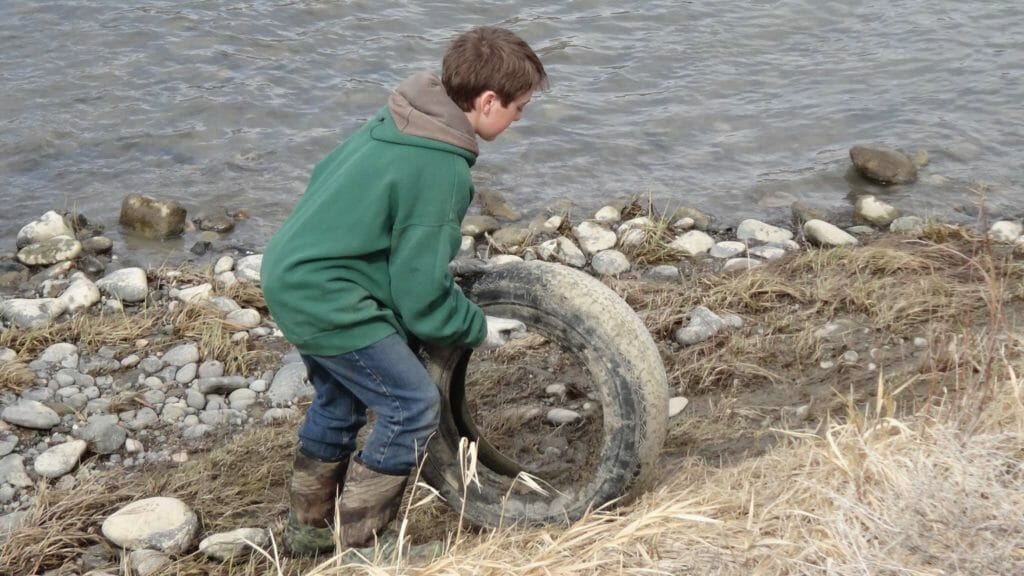
Many people, especially our youth, do not need to attend a meeting to meet people to become a better angler. Most instruction these days comes from videos, YouTube and the like. We need to harness their engagement through actual conservation work.
Also, as chapters, we need to rethink our monthly meeting model. I would encourage chapters to undertake at a minimum two meetings a year which are held on a Saturday morning. Conduct the meeting at a park or river access and host a small project such as a clean-up or tree planting in conjunction with the meeting. We should not only invite our members to participate, but also our community. Advertise the event in a local paper, schools, supermarkets and to other community-based organizations. Be sure to have your TU logo on display and have a sign-up sheet. What we’ve seen through the pandemic is that families are looking to get outdoors and feel connected to their communities and environments through conservation events and Trout Unlimited is the perfect host!
Q: You live along the Delaware, and even do some guiding now that you’re retired from your corporate career. As busy as you are, do you still find time for “fun” fishing?
Yes, I now live on my favorite water system, the Upper Delaware. Immediately after retiring from “corporate life,” I decided against all logic to become a fly-fishing guide. Many friends of mine are fishing guides and I would always be envious when I saw pictures of the river, the mountains, other wildlife and, of course, monster rainbows and browns. Many times, they would be accompanied with captions such as “a view from my office today” or “life is good,” so I decided to give it a try. I quickly found out that guiding is not as easy as pointing toward rising fish. The days are long, sometimes not getting off the water until late in the evening. Plus, you need to understand your clients’ expectations — all while accounting for their ability. The reward, however, is watching them land their first wild Delaware trout. This is what makes it all worthwhile.
As for my own fishing fix, ironically, I seem to have less time to fish for fun than I did was I was working full-time. Go figure! What I do find though is you learn to manage your time amongst family and fishing by taking advantage of the most opportune moments. With the river being a short walk across my backyard, I have the opportunity to make a cast or two when the hour is perfect. This is usually during an evening spinner fall after most of the drift boats have floated past and I can really become one with the river. It gives me that sense of a perfect state of mind, draining all stress from the day and recharging for the next.
Sharon Sweeney Fee
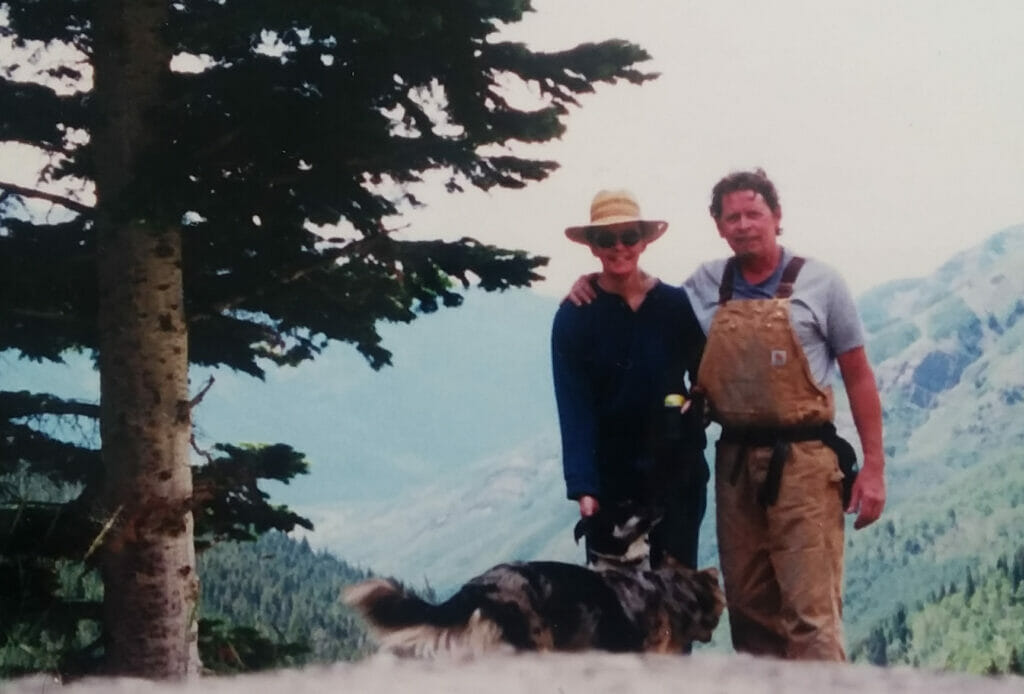
Q: How did you come to be involved with Trout Unlimited?
My first experience with TU was at a chili cook off in Bozeman that I attended with my husband Kerry years ago. We had just moved to Montana and were looking to connect with the local chapter. My husband was the fisherman. I won a rod and reel in the raffle and told them I was probably the only person in the room who had never fished, so I had what I needed to start!
Q: What inspired you to take the leap from member to volunteer leader, and then on to becoming a leader on the NLC?
I have found TU is the best conservation nonprofit that I know. So many river clean ups, willow planting and restoration projects happen in Montana, it really interested me in supporting TU.
My local chapter is the Joe Brooks chapter. We got involved when we moved to Livingston and wanted to help the chapter succeed. When my husband was chair, I asked him who was keeping track of board decisions and he asked me why didn’t I? That’s how I got started.
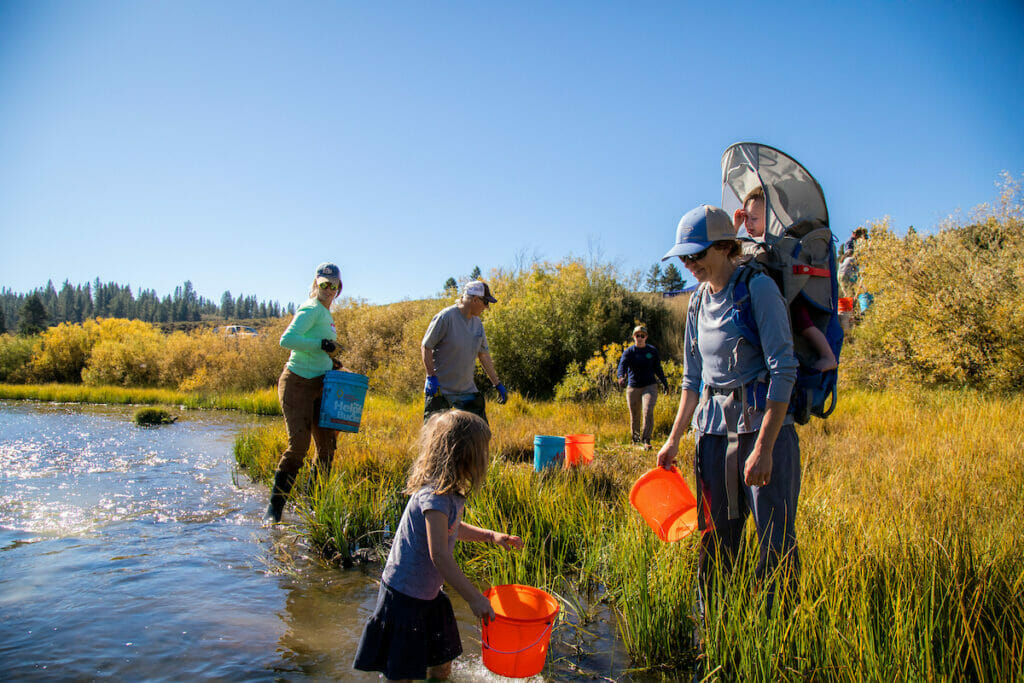
Q: You were the first woman to serve as the chair for the Montana State Council. What was that like? Do you see yourself as a groundbreaker?
There have been women on the state council for years so I can’t really say I feel like a groundbreaker. I do feel both proud and humbled that I was part of a great group of people who put their faith in me as their leader.
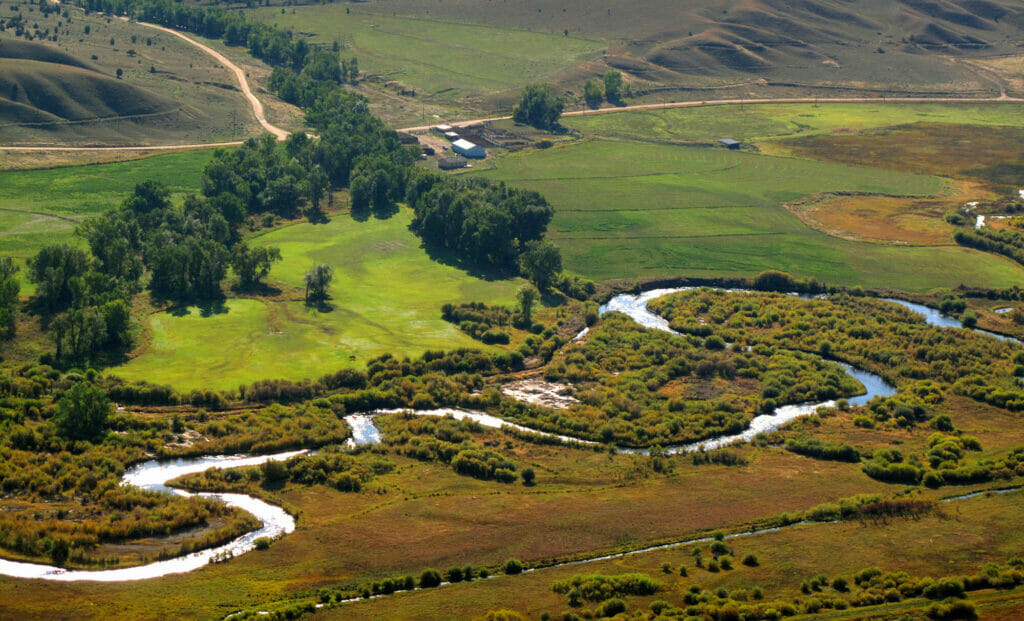
Q: Women account for about a third of fly anglers, but a much smaller percentage of TU members. How do you think having women – a lot of them – in leadership positions at chapter, council and national levels can help expand TU’s reach to new women members and volunteer leaders?
The fishing club culture with lots of posed photos with big fish is not one that I think attracts women. I believe that many women are involved because of the conservation mission. The more that aspect of TU gets advertised and supported, the more likely it is that we will see an increase in women participants.
A recent Friday newsletter linked to an article on wading and how to enjoy the peacefulness and focus on the fishing, not the catching. I had to smile when I read that since there is not a woman I have met who doesn’t know that. It is about enjoying being out there. To be honest, I don’t even want to hook a fish. I want to see them rise on my fly and let them enjoy the rest of their day, so I bend the hooks in.
Q: As an RN, you’re a professional in the field of people’s health. Do you see parallels between your career choice and being so involved in a group that works on watershed health?
TU is about clean, cold water. Who doesn’t need clean cold water? Years ago, I worked at a rural hospital on a reservation in Arizona. When I discharged patients, the first question I asked was, “Do you have water at home?”
Everything I helped them with after that was based on their answer. So, it’s about the water.



